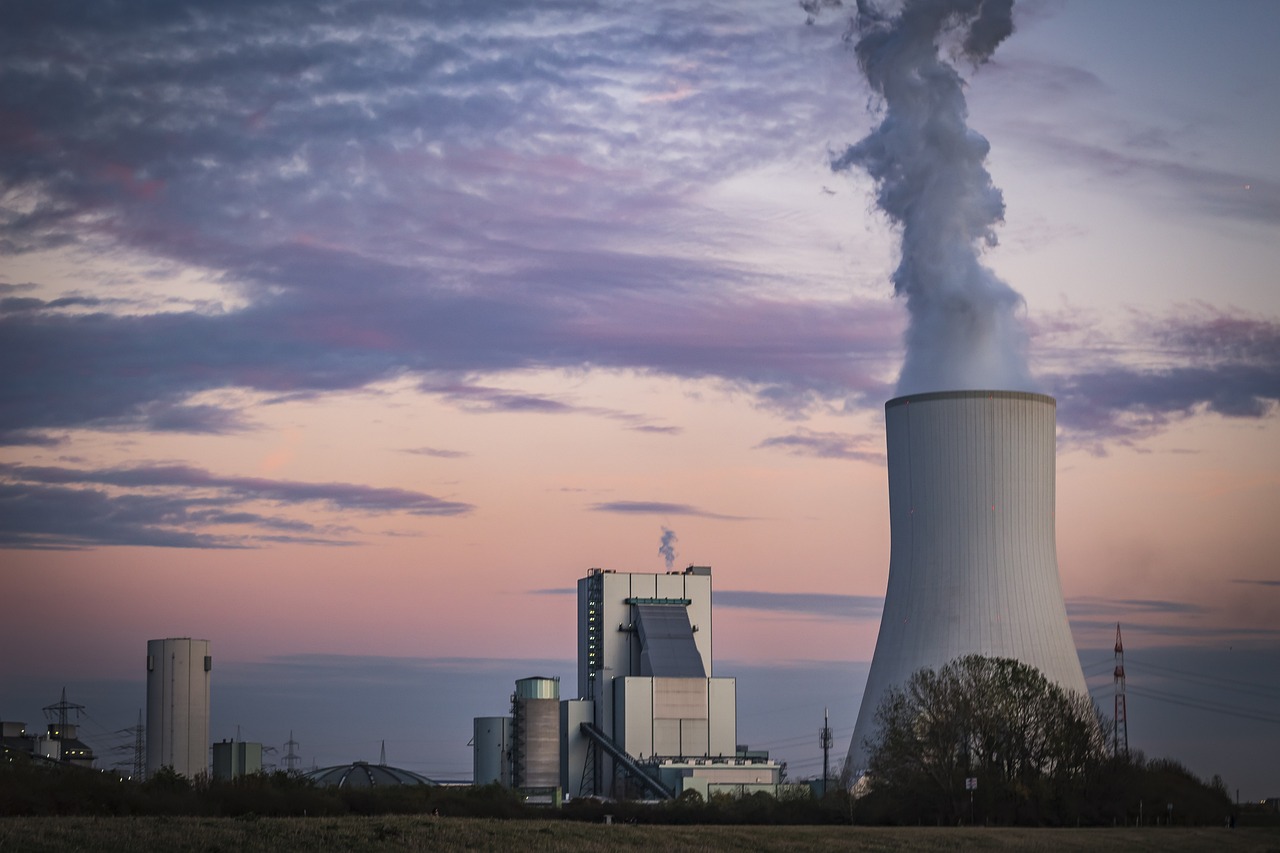The Role of Tech in Sustainable Fashion
The fast-paced nature of the fashion industry often leads to overproduction and high levels of waste. The pressure to constantly introduce new trends can result in unethical practices such as exploitation of labor and disregard for environmental sustainability.
Additionally, the rise of online shopping and fast fashion brands has made it increasingly challenging for traditional retailers to stay competitive. The need to meet consumer demands for affordable and trendy clothing while maintaining ethical standards poses a significant challenge for many companies in the fashion industry.
Impact of Fashion on the Environment
The fashion industry has a substantial impact on the environment due to its massive consumption of resources and production of waste. The incessant demand for new trends leads to large amounts of water usage, chemical pollution, and carbon emissions, contributing to environmental degradation. Fast fashion in particular has been singled out as a major culprit for its rapid turnover of styles and low-quality garments, resulting in more clothes being discarded and ending up in landfills.
Additionally, the manufacturing processes involved in producing textiles and apparel often involve harmful chemicals and dyes that pose a threat to ecosystems and human health. Runoff from textile factories into waterways can contaminate water sources and harm aquatic life, while the carbon footprint of transporting clothes across the globe further exacerbates the industry’s environmental impact. As awareness grows about the need for sustainable fashion practices, there is a push for greater transparency and accountability within the industry to reduce its ecological footprint.
How does the fashion industry contribute to environmental pollution?
The fashion industry contributes to environmental pollution through the use of harmful chemicals in textile production, high water consumption, and the generation of textile waste.
What are some of the challenges faced by the fashion industry in terms of sustainability?
Some of the challenges faced by the fashion industry in terms of sustainability include fast fashion practices leading to overproduction and waste, lack of transparency in supply chains, and limited recycling and reusing of materials.
How can consumers reduce the impact of fashion on the environment?
Consumers can reduce the impact of fashion on the environment by opting for sustainable and ethical fashion brands, buying fewer but higher quality pieces, and supporting clothing rental and second-hand markets.
What are some sustainable practices that fashion brands can adopt to reduce their environmental impact?
Fashion brands can adopt sustainable practices such as using organic and recycled materials, implementing water-saving techniques in production processes, and promoting fair labor practices in their supply chains.
How can the fashion industry work towards a more environmentally friendly future?
The fashion industry can work towards a more environmentally friendly future by embracing circular economy principles, investing in eco-friendly technologies, and collaborating with other stakeholders to drive positive change in the industry.





